Superphylum Heterokonta Higher classification Durvillaeaceae | Family Durvillaeaceae Rank Genus | |
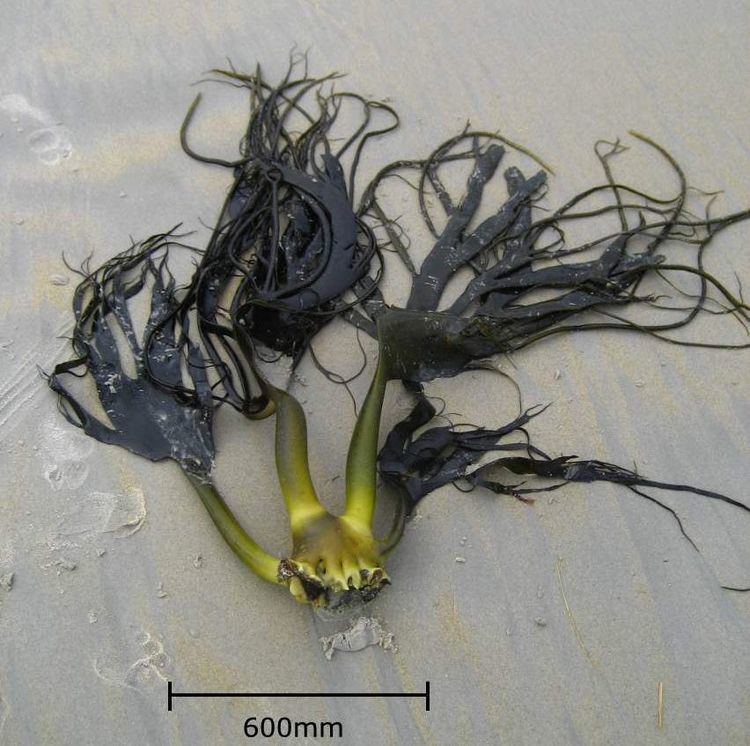 | ||
Similar Durvillaea antarctica, Brown algae, Nereocystis, Lessonia, Macrocystis | ||
Bull kelp durvillaea potatorum
Durvillaea is a genus of brown algae (class Phaeophyceae) of the order Fucales. It is named after French explorer Jules Dumont d'Urville [1790-1842]. There are currently six recognised species within the genus, with the type species Durvillaea antarctica (Chamisso) Hariot. All members of the genus are found in the southern hemisphere, particularly New Zealand, South America, Australia and various subantarctic islands. Many Durvillaea species are referred to as bull kelp, which is a common name for a large kelp.
Contents
- Bull kelp durvillaea potatorum
- Durvillaea a large rough water kelp in tasmania
- Morphology Ecology
- Use of Durvillaea spp
- References
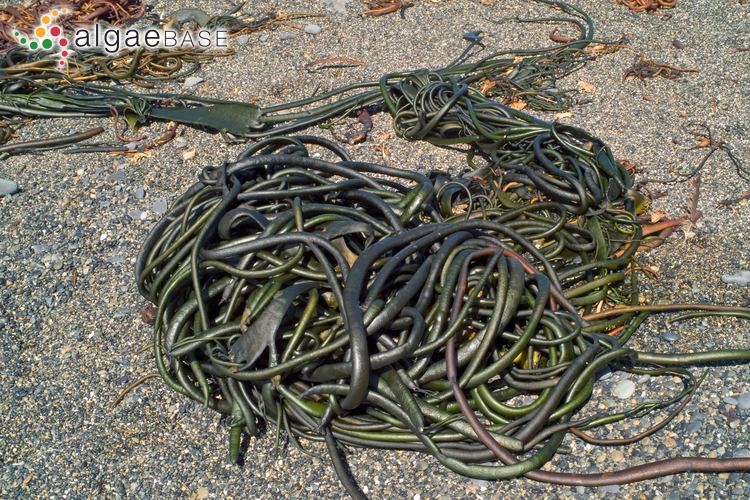
Species include:
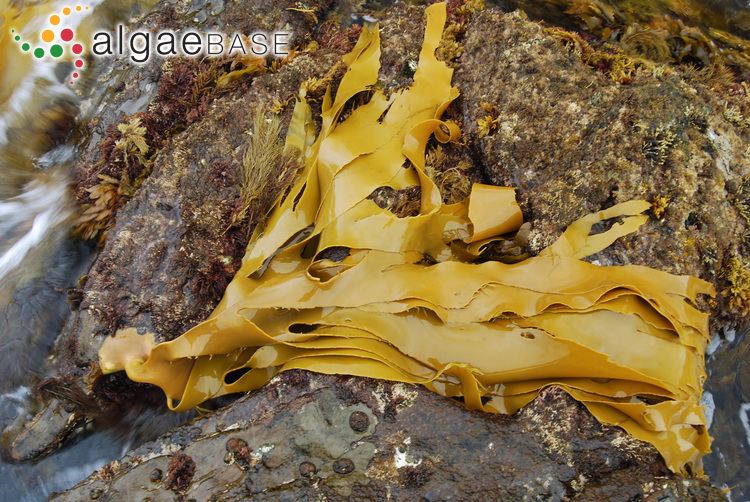
Durvillaea a large rough water kelp in tasmania
Morphology & Ecology
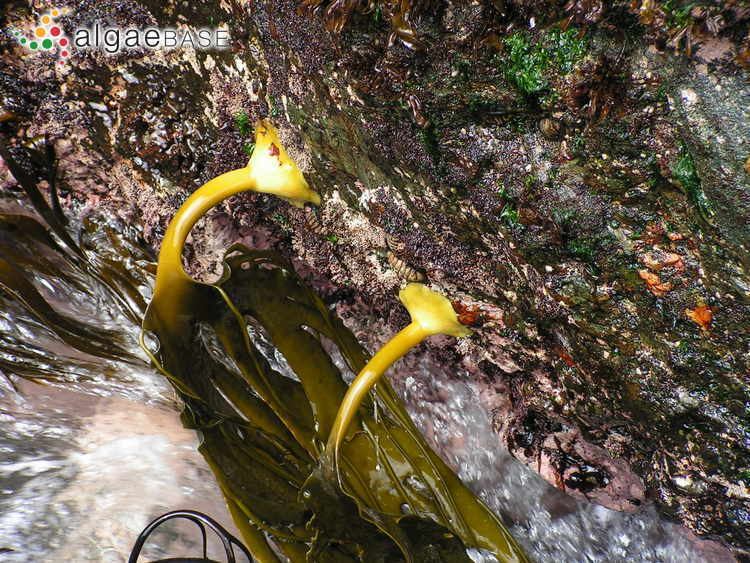
Durvillaea spp. are characterised by their prolific growth, plastic morphology and ability to withstand high levels of disturbance at rocky, wave-exposed coastal sites.
Use of Durvillaea spp.
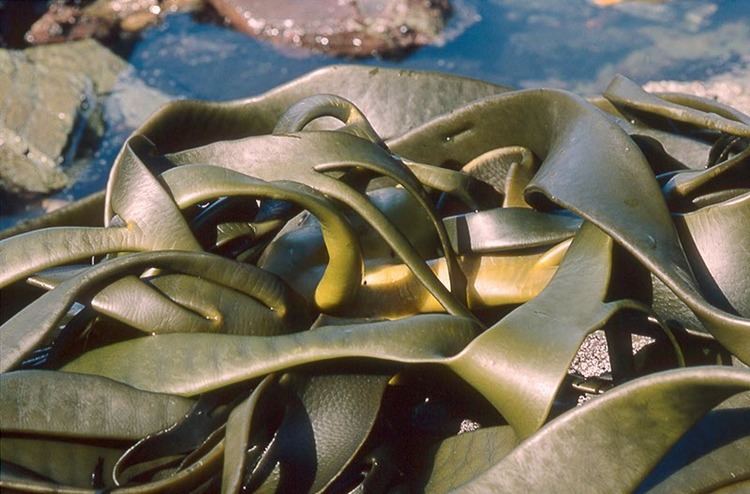
Durvillaea antarctica has been used in Chile as a food item, predominately by the Mapuche indigenous people who refer to it as 'collofe'. In Australia, Durvillaea potatorum is collected as beach wrack from King Island, where it is then dried as chips and sent to Scotland for phycocolloid extraction.
